Q&A: Inverter considerations for solar canopies
For the 2025 Solar Inverter Buyer’s Guide, we asked every inverter manufacturer about their new products, advancements in technology, and for advice when selecting inverters in certain applications. Here is what they had to say about inverters for solar carports.
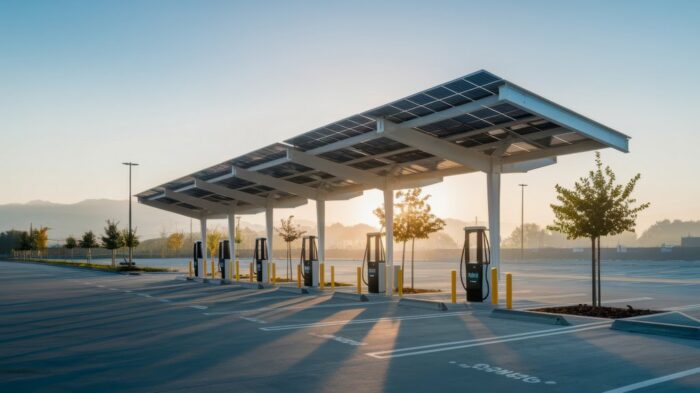
Maximizing energy with micros
“When designing solar carports, selecting the right inverter is key to maximizing energy production and system reliability, which is why some are turning to microinverters. Unlike traditional string inverters, microinverters optimize each module independently through built-in MPPT, which is especially valuable on carports that may experience uneven sunlight due to nearby trees and surrounding buildings — particularly in multi-unit housing environments.” — Jason Higginson, head of marketing, North America, APsystems
Operating in the elements
“Selecting the right inverter for a carport solar installation requires careful consideration of several critical factors to maximize energy production, efficiency, and reliability. When sizing your array, consider strategic oversizing with inverters that accommodate larger DC:AC ratios for optimal energy harvest. Balance this with module costs and the inverter’s ability to operate reliably under these conditions throughout its lifespan. Environmental protection is crucial for inverters with extended exposure to the elements.
“Choose an enclosure rating appropriate for the specific environment, considering effective cooling solutions for hot climates and corrosion warranties for coastal installations. Carports frequently experience partial shading from nearby structures or trees. String inverters with multiple power point trackers (MPPTs) allow different string orientations or shaded sections to operate independently.” — Justin Morgan, strategic sales director, SMA America

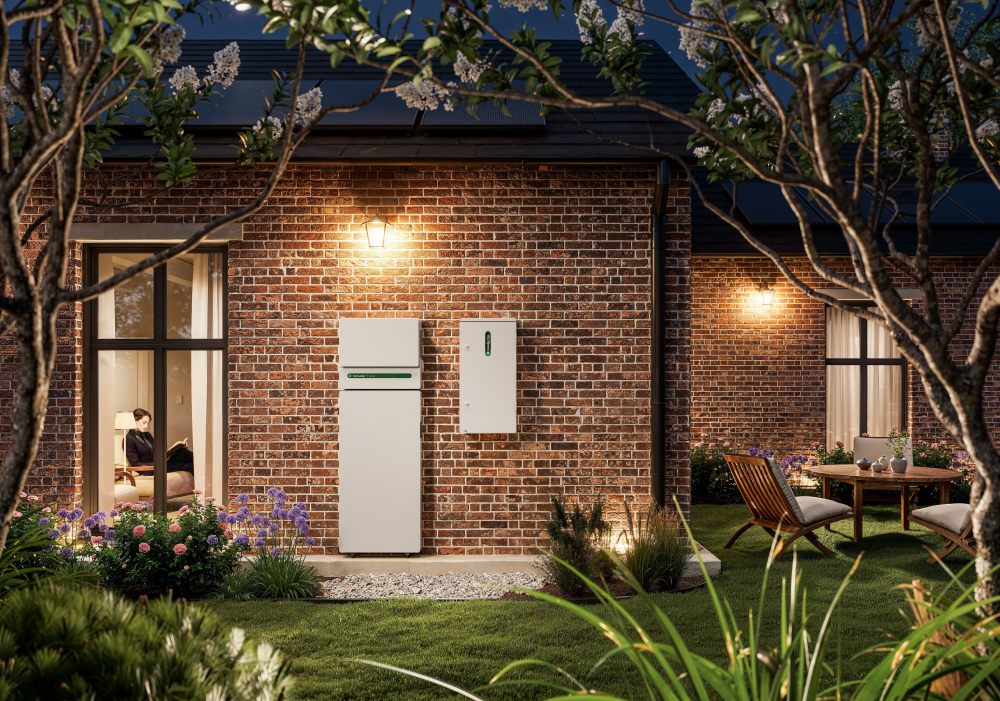
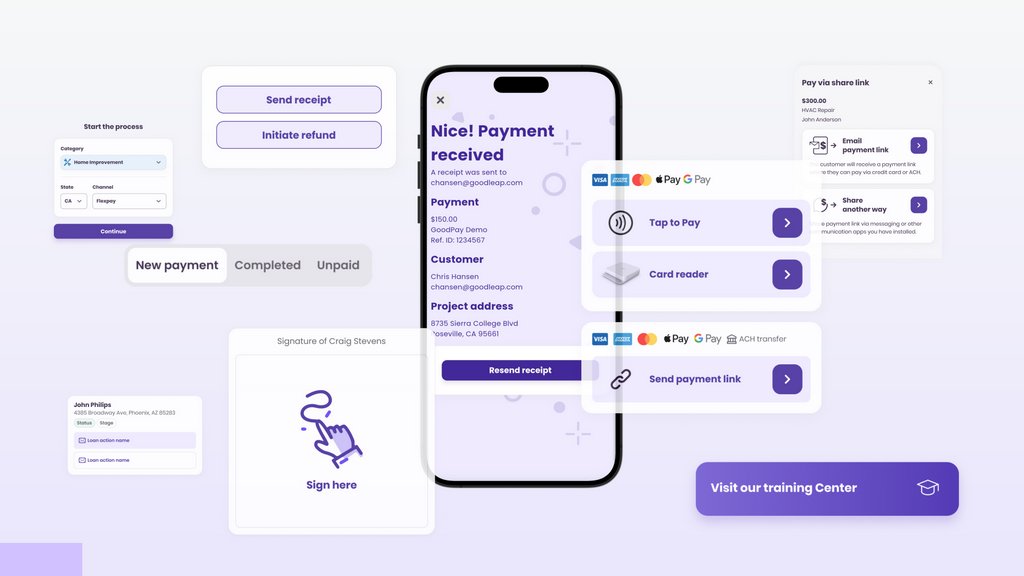
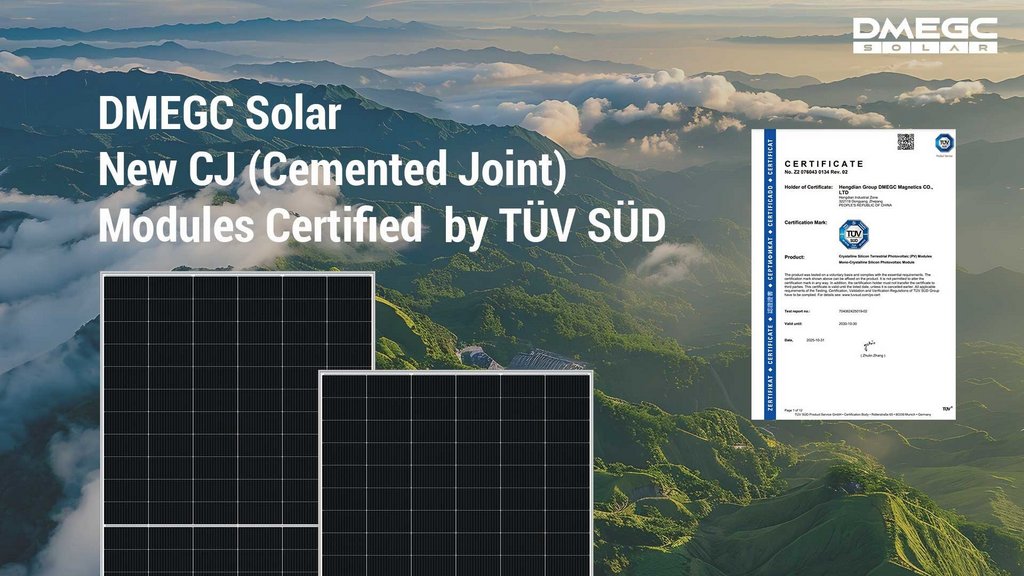
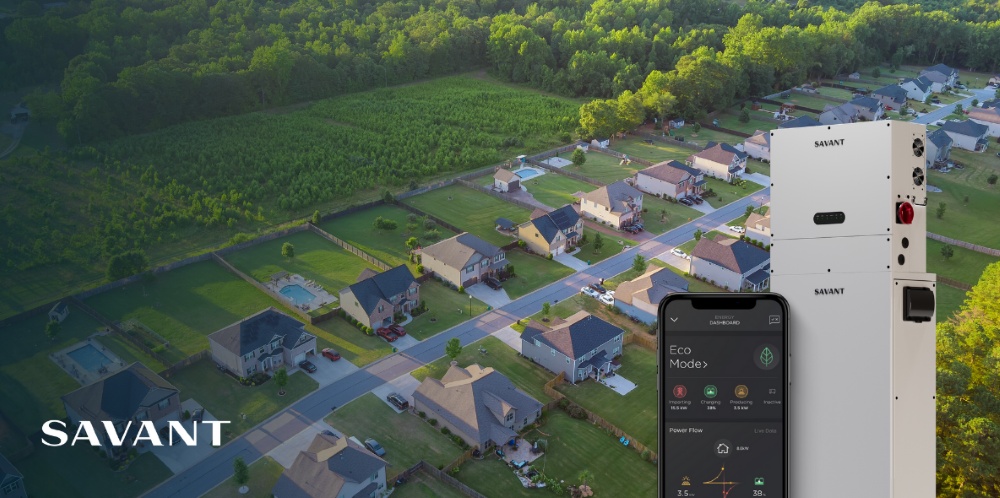
Comments are closed here.